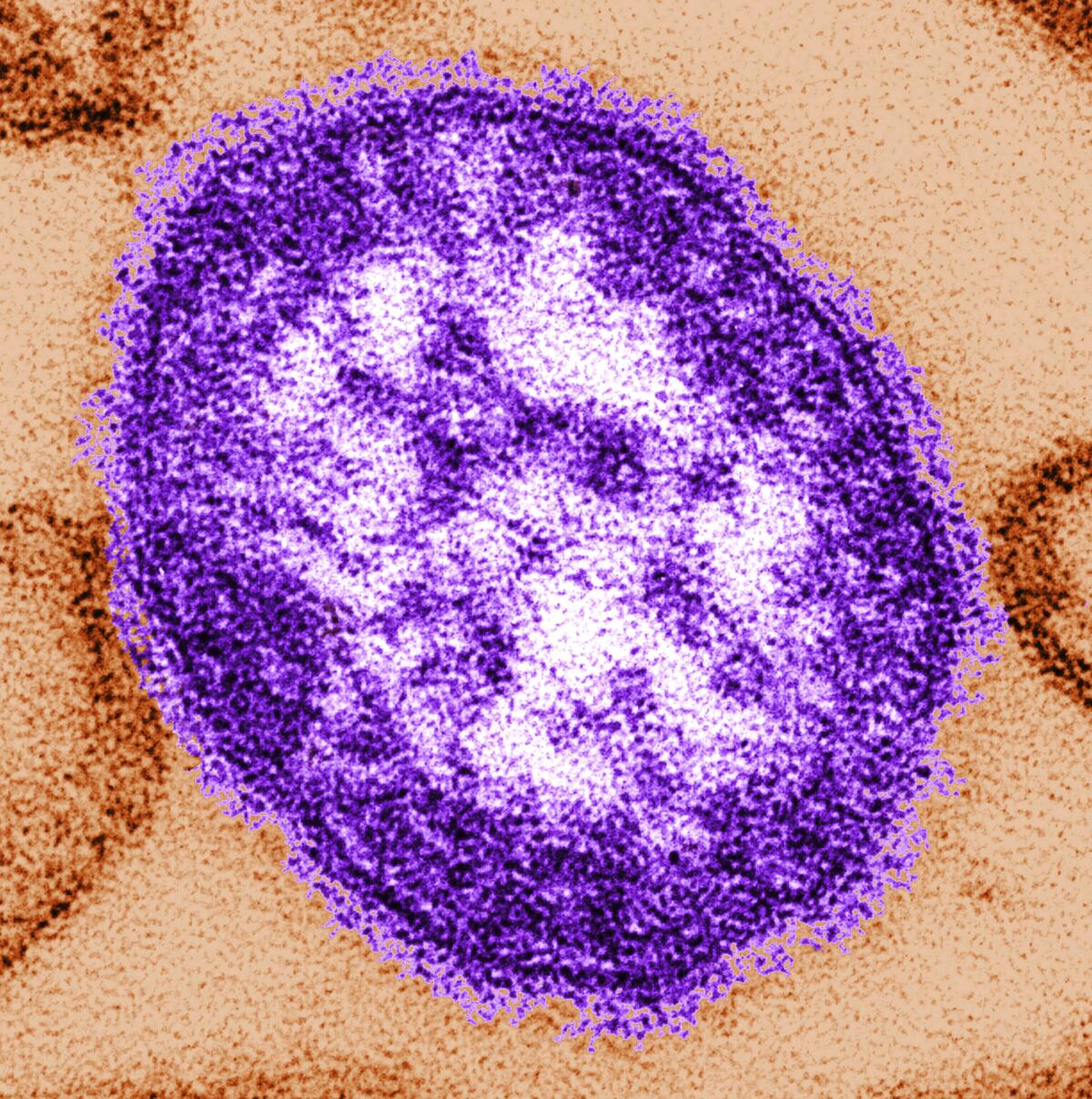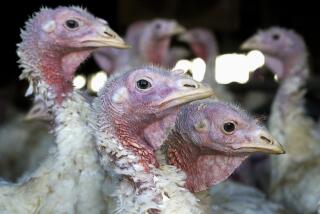Measles exposure reported at LAX, Orange County children’s hospital. Who is at risk?

Health officials warned Thursday that people who were at Los Angeles International Airport and Children’s Hospital of Orange County in recent days may have been exposed to measles.
A flier infected with the disease was at LAX a day before Thanksgiving, and an infant with measles was at the Orange County hospital after the holiday. It wasn’t immediately clear whether this was a single individual.
Those at highest risk of getting sick are unvaccinated people who haven’t had measles before. Babies are at high risk from the highly contagious disease.
Others at risk of severe outcomes include pregnant women and people with compromised immune systems.
A person infected with measles arrived at Los Angeles International Airport at 12:35 p.m. on Nov. 27, on Qatar Airways Flight 739. The flight originated out of Doha, the capital of Qatar.
The Los Angeles County Department of Public Health said that people who were at LAX’s Tom Bradley International Terminal — also known as Terminal B — between 12:30 and 6 p.m. that day might be at risk of contracting measles due to exposure to the traveler.
Separately, the Orange County Health Care Agency said a measles patient — an infant returning from international travel — visited the Children’s Hospital of Orange County emergency room three times in recent days: On Saturday, between noon and 5 p.m.; on Monday between 2 and 10 p.m.; and on Tuesday between 5:30 and 9 p.m.
The exposure comes as measles is on the upswing nationwide, with 280 cases reported nationally as of Nov. 21, according to the U.S. Centers for Disease Control and Prevention. That’s compared with 59 measles cases reported in all of 2023.
Of the measles cases reported so far nationally this year, 41% have been among children under the age of 5, while 31% of them were among those ages 5 to 19.
Nearly 9 in 10 of those measles cases occurred in unvaccinated people, and 112 people have been hospitalized. Sixty of those who were hospitalized were younger than 5.
“Before the measles vaccine was introduced, an estimated 48,000 people were hospitalized and 400–500 people died in the United States each year,” according to the CDC.
The CDC recommends children get their first dose of the measles vaccine between 12 and 15 months of age, with a second dose at 4 to 6 years old. Two doses of the vaccines are 97% effective against getting the disease. The vaccine is known as MMR, which not only protects against measles but also mumps and rubella.
“MMR vaccines are very safe. The benefits far outweigh any risks. Side effects are usually mild, such as soreness where the shot was given,” the Orange County Health Care Agency said.
Infants under 12 months of age who are traveling internationally should get an early vaccination, sometime between 6 and 11 months of age, the Orange County Health Care Agency said.
People who aren’t immunized are at risk of developing measles from seven to 21 days after their exposure. Measles can be spread through the air, and can stay there and or on surfaces for many hours, “even after the infected person has left,” the L.A. County Department of Public Health said.
“The infected person can spread the disease up to four days before a measles rash appears and up to four days after the rash appears,” the agency said. “If other people breathe the contaminated air or touch the infected surface, then touch their eyes, noses, or mouths, they can become infected.”
Symptoms of measles include high fever — possibly exceeding 104 degrees — cough; runny nose; red, watery eyes; and rash, according to the CDC. Serious health complications are possible, especially in children younger than 5, such as pneumonia — the most common cause of death from measles in young children — and swelling of the brain, which can trigger convulsions and lead to deafness or intellectual disability.
Of every 1,000 children who become infected with measles, about one to three will die, the CDC says.
Measles is commonly thought to be a one-time deal: Get it once, survive, and you’re immune for life.
There can also be long-term complications from measles, such as SSPE, which stands for subacute sclerosing panencephalitis. SSPE is rare but can develop seven to 10 years after a person recovers from measles, and can result in a deadly disease of the central nervous system.
The risk of getting SSPE may be higher for those who get measles when younger than age 2, the CDC says.
More to Read
Sign up for Essential California
The most important California stories and recommendations in your inbox every morning.
You may occasionally receive promotional content from the Los Angeles Times.












